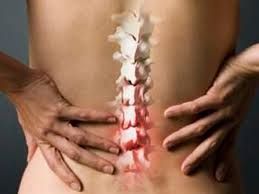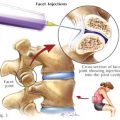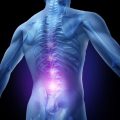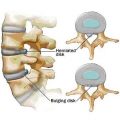A herniated disk or slipped disk, occurs when a part (or all) of a disk is forced out through the weakened part of the spinal disk. It puts pressure on the surrounding nerves of the spinal cord, and causing debilitating pain. This condition usually affects the lumbar (lower back) region and the cervical (neck) region of the spine. If it affects the latter, it will be called cervical disk herniation. Cervical disk herniation causes pain and numbness in the neck, arms, and shoulders.
As with other lumbar spine herniation; cervical disk herniation is diagnosed. It is when the inner core of the disk rupture and leak out of the disk and then presses the neighboring nerve roots. This usually occurs in the age groups of 30 to 50 years of age. Many times, it can originate from neck injury or trauma, and symptoms can happen unexpectedly.
The pinching or pressing pain on the arm is a result of cervical herniated disc. The hernia puts pressure on the cervical nerve, causing the pain to run along the nerve pathway all the way to the arm. The pain can also come with numbness and/or tingling sensation, especially on the fingertips. Some patients will also experience muscle weakness.
Spinal disk may be small, but they leave enough space for the nerves to pass through, while still provide “shock absorbing” function for the vertebrae. This is why disk herniation can really hurt anyone, as impingement of the nerves can be very painful.
Symptoms of a Cervical Herniated Disc
Cervical disk herniation can have variety of symptoms, particularly on the neck, shoulders, hands, and fingers.
The cervical spine is made up of seven stacked vertebrae. They are numbered C1 to C7. This means in C5 to C6 level, the latter has its root affected.
Example:
For C4 to C5 (nerve root of C5) – Symptoms for this herniation level causes weakness and pain on the shoulders. It can also come with numbness or tingling sensation.
For C5 to C6 (Nerve root of C6) – Symptoms for this herniation level can result to weakness on the biceps as well as the extensor muscles of the wrist. It can also come with numbness and tingling sensation, and may radiate to the thumb.
For C6 to C7 (nerve root of C7) – Symptoms for this herniation level causes weakness on the triceps and can travel all the way to the extensor muscles of the finger. It usually comes with numbness and tingling as well, and pain can go down to the middle finger.
C7 to T1 (C8 nerve root) – This vertebrae is at the bottom are of the neck, where cervical spine meets the thoracic (upper back). Herniation in this area weakens the handgrip, as well as cause tingling and numbness to the arm, down to the pinky finger.
These cervical disc herniation patterns are NOT absolute. Some patients are naturally wired up. They experience different symptoms than others, which mean the pain can be a bit different as well.






 I love to write medical education books. My books are written for everyone in an easy to read and understandable style.
I love to write medical education books. My books are written for everyone in an easy to read and understandable style.